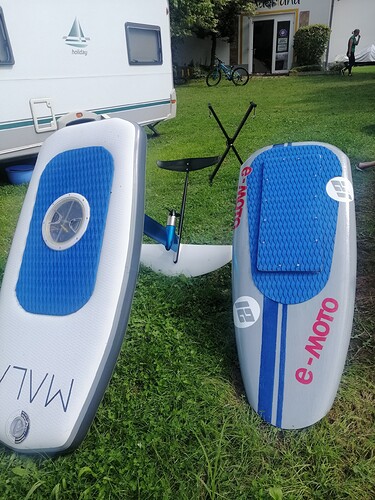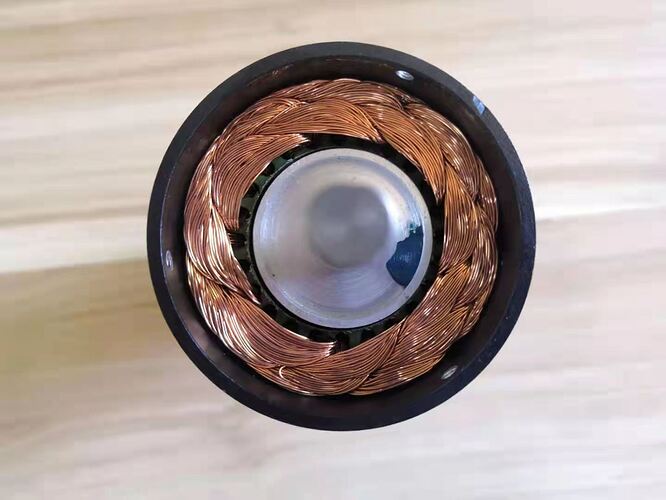You might test also without duct, interesting to se difference. Most importantly, You should test this on a moving boat/foil to se how it works in reality. Ducted propellers should be slightly smaller than none ducted so the140 mm seams spot on.
That’s great that you’ve developed it, but without decent information why would people purchase it?
- What’s the price?
- What are the dimensions of the actual motor (length, width)?
- What are the prop specs (diameter and pitch)?
- Can it be purchased without the duct?
Lastly why is everyone making a 120Kv motor when the best motor on the market is 130Kv? Surely if you are going to go through all the effort of producing a motor it would make sense to just try beat the best motor on the market… If you beat that, then everyone is going to buy it…
Considering the KV value, 130Kv is for sure a good proven working value, but is the difference really that critical compared to 120Kv? Would not 0,5 Inch increased pitch even out the that when running 48V? Or if You have a 120Kv with better torque compared to an 130 Kv, the rpm sag under load will be less and speed might be the same anyway?
What is the diameter, length, and weight (motor)? If you have greatly reduced the wetted surface and drag I would expect improved handling and significant benefits gliding with a folding prop with power off on swells. This could be a better solution than raising the motor (foil assist) to get it out of the water? Looking forward to see what someone does with this.
They look rounded to me so not that good.

Is it possible to order propeller without motor?
An agin what is price for motor?
3000 rpm at 12v? WHAT!? It’s about 250kv.
yes, and 187KV at 60V  So it is variable KV Motor!! World news.
So it is variable KV Motor!! World news.
I am not really sure this size inrunner can give 8nm max of torque , Max 4nm seems correct ( compared to a 56123 with 6poles…) but if it can pull 44kg of thrust it is ok as long as the prop pitch matches the needs
Setup won`t work for efoils with that monster duct 
Doubtful…no info about the seal and gears? why should we change from a good working flipsky that you can already get for cheap 280$ to un unknown doubtful one?
Motor 120KV。。。。。。。。。。。。。。。。。。。。。。。。。
This propeller motor has a KV value of 120 KV and the speed range given in the parameter table represents the fact that the motor can be made with different KV values tailored to the needs of different users.
The figures are all realistic and if in doubt, we will offer 1-2 sets for free in the future for professional hydrofoilers on the forum to test it.
I’ll take one for free to try and give feedback if you want
I tested this 54135 motor. I got a 100kV motor and phase resistance is a whopping 195mohm(!). The original phase leads are too thin and not sufficient at 14AWG so I replaced them with 10AWG but it doesn’t solve the basic problem, the efficiency will be low and it will burn easily during starts.
I took it out anyway but could not get up on foil due to low thrust. Used a flite propeller which has worked well for me on a number of motors.
Just to get some figures on it:
In theory it takes about 80A to get the 8Nm out of it if it doesn’t saturate already at lower current (which it seems to do, after slowly increasing throttle over seconds to full throttle the motor could be heard and felt to lose the thrust increase closer to full throttle)
Resistance losses at takeoff (80A) will be 1200W, at flight (40A) 312W. That’s a lot of power just heating motor up.
I guess the reason for the high phase resistance can be witnessed here.
That’s a lot of (useless) endturn copper
It’s a distributed winding which always suffers from higher copper losses than concentrated windings. Looks like the rotor is roughly 30mm in diameter so each magnet width (being 8-pole) will be 12mm, next good pole candidate with concentrated winding seems to be 24 slot/ 22 pole and it would give roughly 4.2mm wide magnets. Seems like it could be done but electric frequency would be higher of course.
(Picture posted by diamond dynamics in a different post)
I tried some different propellers (stepwise lower pitch) to see if i would possibly be able to get up and do at least slow flying with this motor. I built a test stand with thrust measurement in a large water barrel so that i could measure static thrust.
- I could not get thrust above 22kg regardless of propeller and settings.
- Motor starts to saturate at about 60A so the dyno sheet on diamond dynamics site is obviously faked.
- Rotor is 29mm dia x 90mm magnet length
- Rotor laminations are 0.3mm
- Magnets are 8 poles made of 16 curved magnets with flat rear, 45mm long, 7.4mm wide and 3.5mm on the thickest section.
In the end motor burned and shorted after about 50 trials of less than two second thrusts at 80A phase current.
I can’t recommend it, it was more than 300usd down the drain with shipping and taxes.
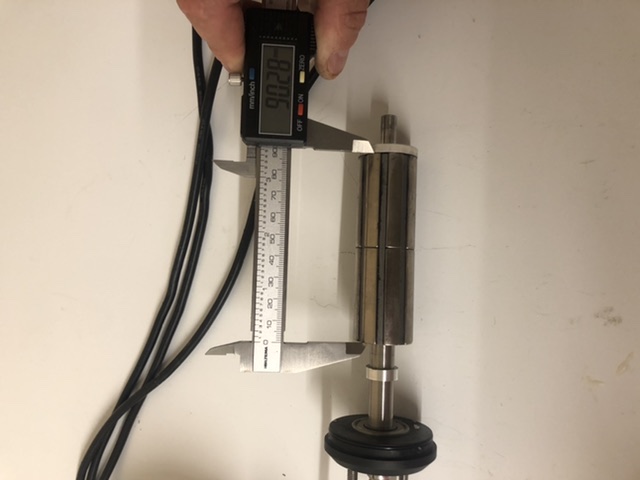
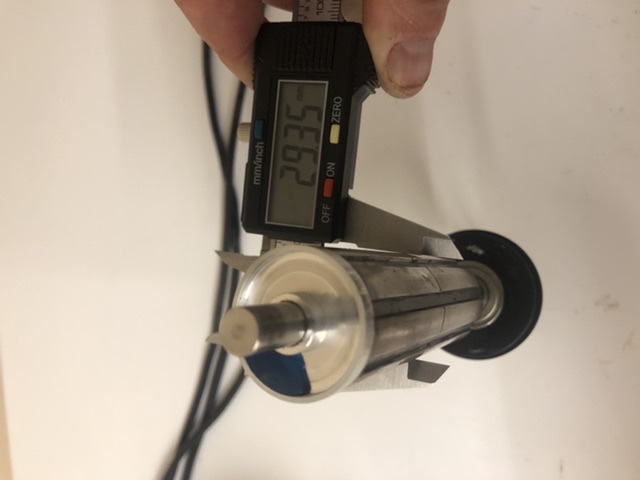
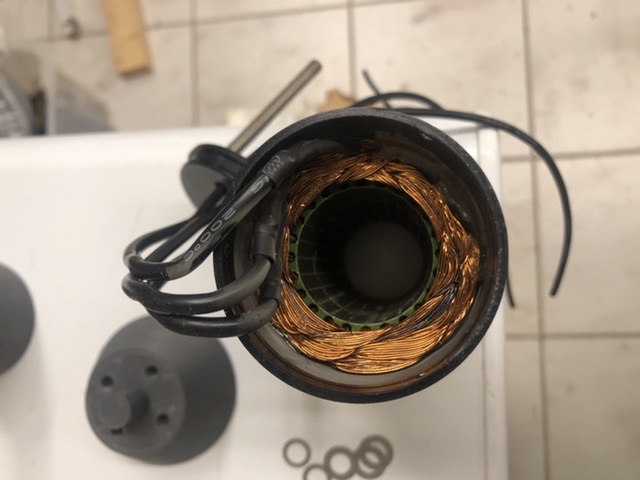
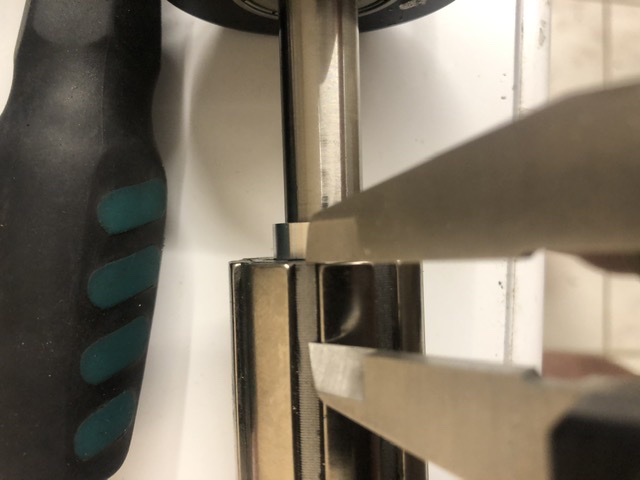
These Diamond motors are total junk, DO NOT BUY THEM, their claims are totally made up and the performance is basically ZERO for any application that requires thrust and speed above 3km/hr.
Spent a total of $2500 with them and threw them in the bin because they refused to believe their product did not perform as they claimed!
TOTAL WASTE OF TIME!
